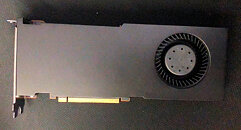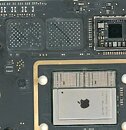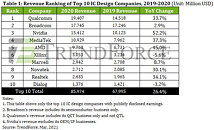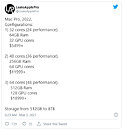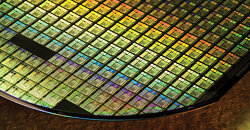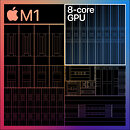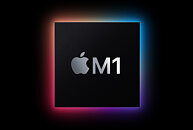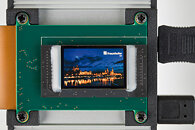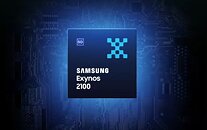
AMD Radeon Pro W6900X With Navi 21 Appears in Apple Mac Pro
Recently, Apple has updated its macOS operating system to support the next generation of GPUs for Mac devices, coming from AMD. The upcoming RDNA 2 GPU lineup in Macs will bring all the enhancements AMD made to the architecture, and pack it inside Apple's signature designs. Today, we have received information that Apple could refresh its Mac Pro lineup with AMD's Radeon Pro GPU based on RDNA 2 architecture. On Geekbench 5, there was a test run that was conducted on Apple Mac Pro "7.1" revision, that features not only Intel Cascade Lake-X processor but AMD's unreleased Radeon Pro W6900X graphics card designed for professional users.
While we don't know much about the exact specifications, we know that it features a Navi 21 GPU SKU. Judging by the naming scheme, the Radeon Pro W6900X is representing an Apple-exclusive GPU variant designed only for Mac Pro devices. A Chiphell leak has given us a sneak peek at the alleged card look, which you can see below. When it comes to performance, the Geekbench result measures Metal API performance and the Radeon Pro W6900X has managed to score 171448 points, which is even higher than the Radeon RX 6900 XT GPU, which tops out at 164294 points. Of course, this is representing a professional SKU, so there could be some tuning present as well.
While we don't know much about the exact specifications, we know that it features a Navi 21 GPU SKU. Judging by the naming scheme, the Radeon Pro W6900X is representing an Apple-exclusive GPU variant designed only for Mac Pro devices. A Chiphell leak has given us a sneak peek at the alleged card look, which you can see below. When it comes to performance, the Geekbench result measures Metal API performance and the Radeon Pro W6900X has managed to score 171448 points, which is even higher than the Radeon RX 6900 XT GPU, which tops out at 164294 points. Of course, this is representing a professional SKU, so there could be some tuning present as well.
